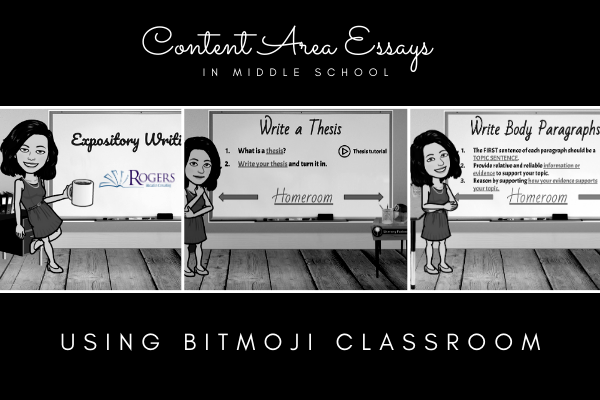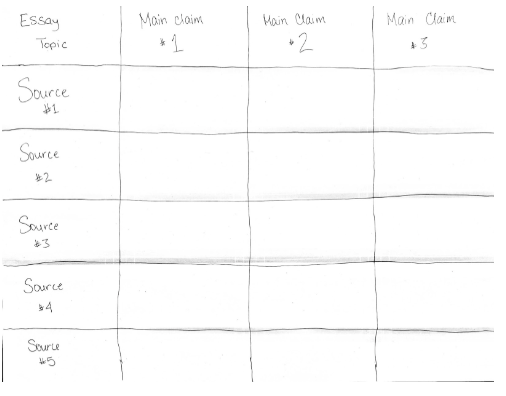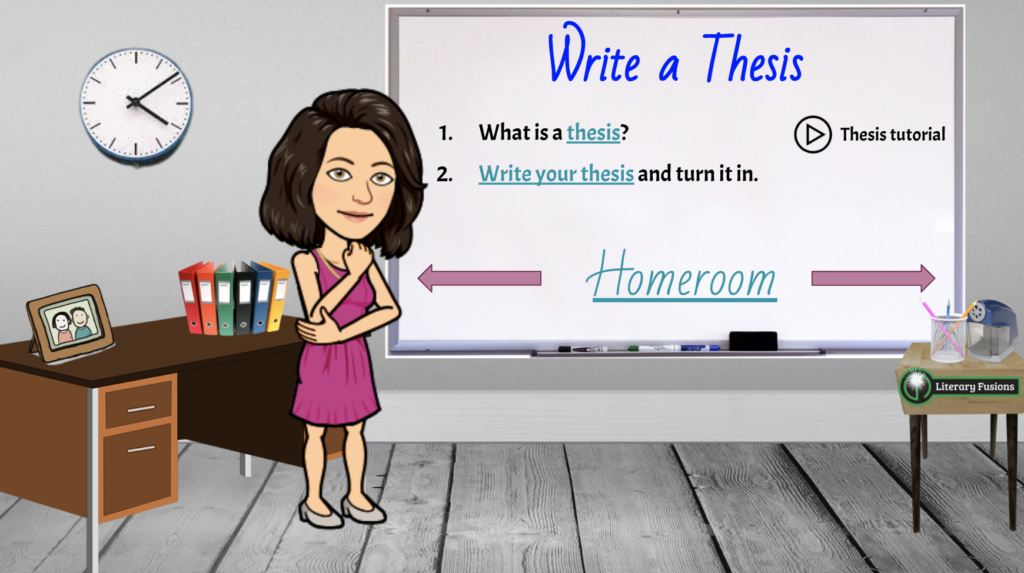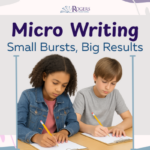
Admit it – you groaned just reading the title of this post! Any teacher who has taught middle school students to write in the content areas realizes how frustrating this experience can be. I am not going to even pretend that I have a silver bullet and everything will be fine. You might still smack your head against the wall or cry a bit, but I have discovered a way to streamline the process and make it a bit more tolerable!
The Writing Process for a Content Area Essay
Before introducing the essay assignment, I created a Bitmoji Classroom of all the steps for the assignment, with links to video tutorials, information created by me, or picture reminders. The students had access to that classroom the whole time.
Want a copy? If you click on the link, my classroom is yours! When it opens, click “Use Template” in the upper right corner, and it will make you a copy in your own Google Drive. Then, you can alter the links and change your Bitmoji! All I ask is that you keep the logos and leave a comment on this post letting me know how you’re using it! When you’re ready to share the classroom with students, click “File” in the menu, and “Publish to Web.” When you share the link then, it will open full-screen for your students.

Choose a Topic
At the end of our content unit, we had discussed and learned about four different essential questions. I had the students choose one of the essential questions as a prompt for their paper. For my example, I used the question: How has urban sprawl affected our environment?
The first step, after choosing their topic/essential question, was to decide on their main claims. For my example, I decided the three parts of the environment most affected by urban sprawl are pollution, traffic, and energy consumption. I had the students choose their three, and I CHECKED them before they went any further. This is an important step. Many times, in this type of assignment, students will choose weak claims. Sometimes they are weak because they are repetitive or they are too small to be developed.
The following day, as a class, we created a “notes foldable” out of a piece of paper. I wanted the students to use five sources to find information on the three claims, so students wrote their claims across the top, and then made a space for five sources along the side (see picture). There is limited room in this foldable, so they have to actually write notes instead of copying out whole sentences. ALSO, while I believe in technology, I really want them to WRITE their notes (yes, with their hands!), rather than copy and paste.

Find Sources and Take Notes
Finding proper sources is not as easy as we sometimes think. Yes, information is at our fingertips, yes, students are frequently looking things up on their devices, but finding content area information on their level and also that is accurate and reliable is not easy. I typically have students use kiddle.co and sweetsearch.com since these two search engines are kid-friendly and block unhelpful sites like Wikipedia.
I show students this commercial to emphasize what they already know – that not everything on the internet is correct. We discuss how to validate a site and what they should pay attention to as they locate websites.
Next, I model how to take notes. You must MODEL! I read a paragraph out loud and pull out information that relates to my claims. I put it in my own words and write it on my notes in the appropriate box. We then practice one together. I also model what to do if I don’t understand what I read. They’re always shocked when I say I just skip it – not copy it anyway! It always makes me laugh!
Thesis Time
After the students have had time to acquire adequate information, I check their notes. Why? Because some will be blank (🤦♀️ – no teacher is immune to this insanity). Once everyone has enough notes, I carefully and thoroughly teach my students what a thesis is. I teach it, I model it, I provide a video link in my Bitmoji classroom, and then as a class, we spend one entire class writing a thesis. The students collaborate, I help, and no one can move on until their thesis is approved.

Organize the Essay
From the thesis on, I slowly walk, model, and guide students through writing an introduction, the body paragraphs, and how to cite their work properly. All along the way, they are writing on a Google Doc that is shared with me and I am leaving comments and feedback.
Full Disclosure: this whole process took a week longer than planned the first time I did it with students, but now, with experience, I have learned how to make it fit within the week. Content area essay writing is a super important skill and it is worth taking the the time to slow down and work through it at the students’ pace.

End result? Very strong student essays! (See sample below of an ELL student).
How will you use some of these ideas?



